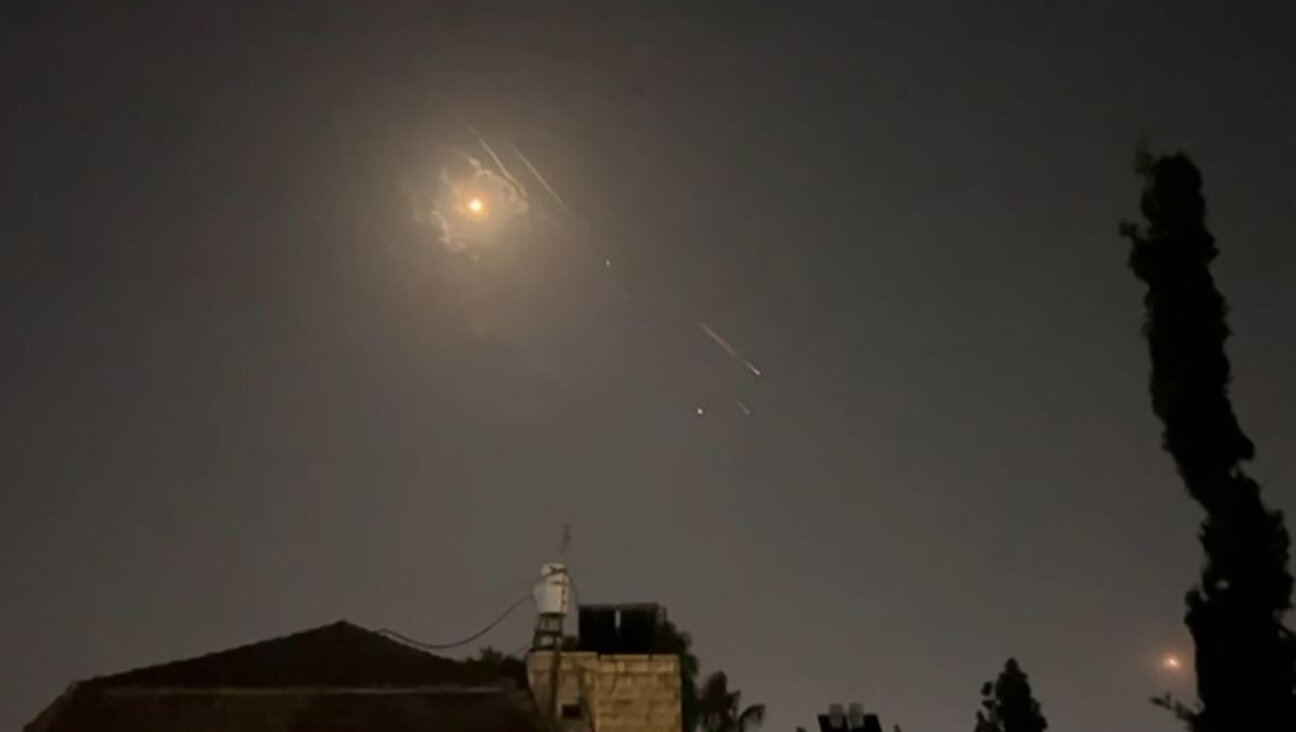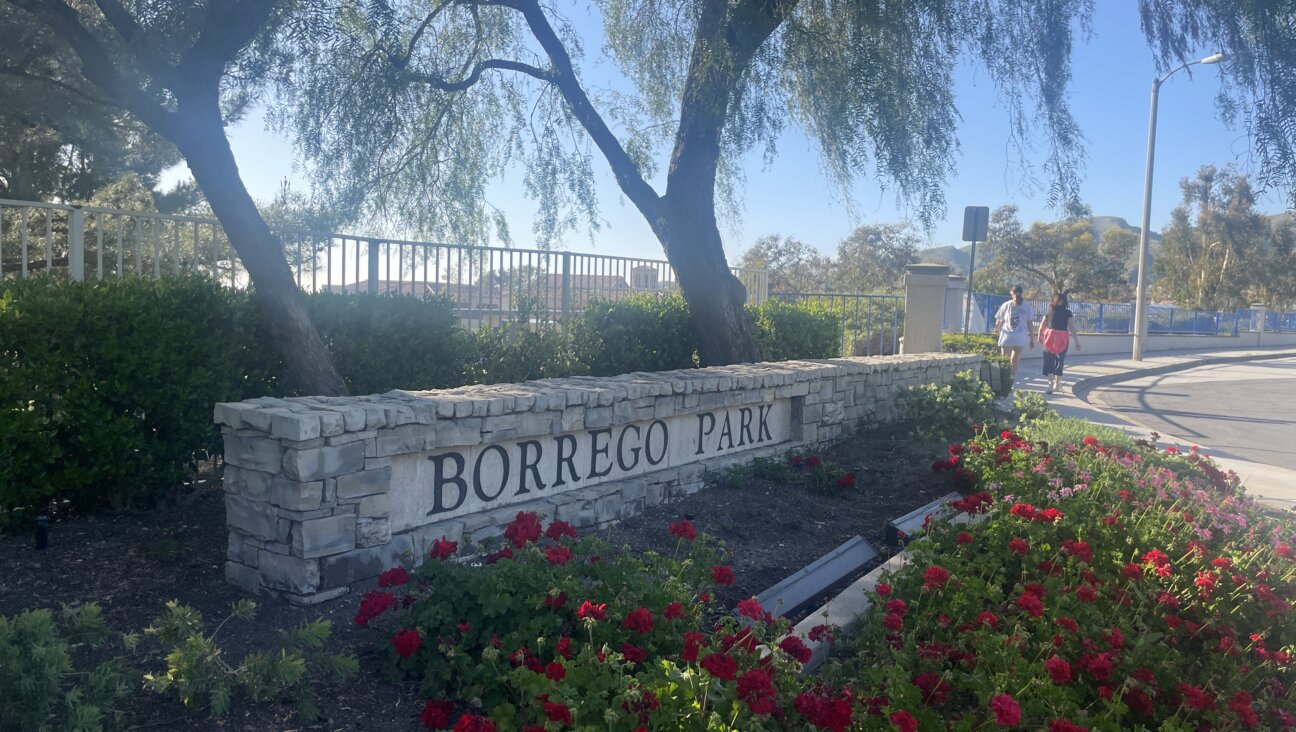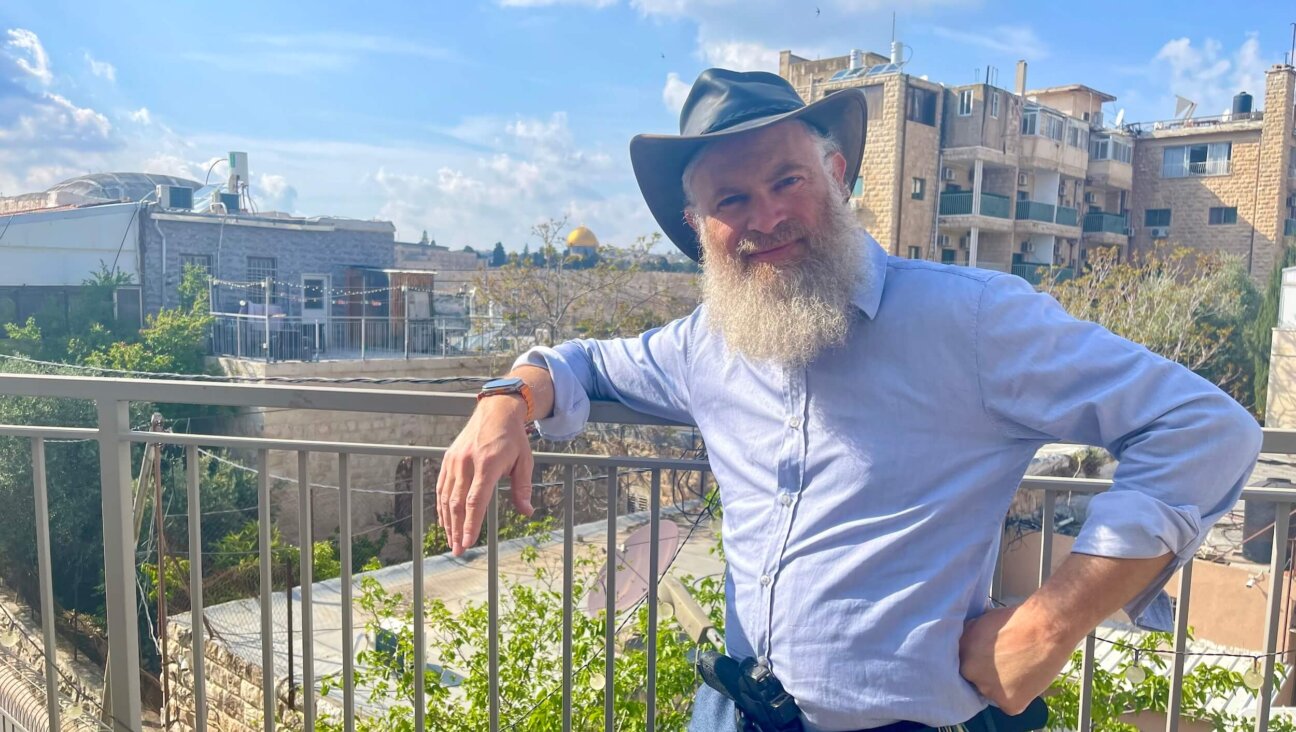Historic Cemetery in Serbia Desecrated
BELGRADE, Serbia — A firestorm of commentary has broken out in the Serbian media, stoked by a former president of the Bosnian Jewish community who is raising an alarm over the desecration of a historic Jewish cemetery in the city of Nis.
Ivan Ceresnjes, who served as president of the Jewish community in Sarajevo during the Bosnian war of 1992-95, made two visits this year to the Jewish graveyard in Nis, a city of 130,000 in southern Serbia.
Ceresnjes, an architect who currently works for the Center for Jewish Art at the Hebrew University in Jerusalem, wrote in a letter last month to Nis municipal authorities that the situation was “catastrophic”: “This is not unknown to the Jewish scientific circles. When I visited it for the first time [in April 2003], I almost got sick from what I saw.”
Ceresnjes described a devastated 17th-century cemetery used as a garbage dump, polluted by locally produced industrial waste, and in which gravestones had been dug up and used by local Roma, or Gypsies, for the repair of their houses and as household objects. A Roma family had moved into the prayer room at the site, and commenced to use the sarcophagus of a local rabbi, Rahamim Naftalija Gedalia, as a patio table and laundry-drying stand, according to a report in the Serbian daily Politika.
Neglect of Jewish cemeteries is a widespread problem in countries such as Serbia, where the Holocaust left few or no Jews to care for sacred sites. According to Davor Shalom, secretary of the Jewish Communities of Serbia and Montenegro, there were 1,100 Jews living in Nis before the Holocaust. Only one survived, but the community now counts 40 members.
A representative of the Nis municipal government, Mirjana Pesic, manager of the city’s Construction Planning and Programs Department, said the city had “hoped that we would be able to restore the cemetery to its previous state. However, it is not feasible because of the buildings that were built there leaving the cemetery inaccessible.”
Jasna Ciric, president of the Nis Jewish community, described a nightmarish scenario, in which it is “impossible to see, examine or photograph the Jewish cemetery, because it is completely neglected and overgrown by grass and reeds, covered by tons of debris, human waste and industrial waste. Weeds and grass cover the tomb markers, and the brush grows two meters high. Many [Roma] homes were built with grave tablets from this cemetery in their foundation. Others have them as interior inventory. These tablets pave the alley passages between homes, while others have found use in the stables of the [Roma] settlement.”
For their part, the Roma inhabitants are reported evincing mixed attitudes toward the Jewish tombstones. The Roma have asked for assistance in regularizing their residential status at the location, but Serbian media also noted, “Some of them believe that they might get lucky if they clean up one of the tomb tablets that bears the star of King David.” The grave markers mostly carry extended Hebrew epitaphs.
Shalom commented: “To legalize a settlement at the cemetery is out of question. Moving the cemetery is strictly against the religious laws. Should it take place in spite of it, it would be a painful occurrence.”
Ceresnjes addressed a strong protest to the Serbian Religious Secretariat, in which he accused the local authorities of hostility to Jewish presence. “Not a single one in any of the regions I have visited, and I visited some 400 Jewish cemeteries, is in such a catastrophic state as the Jewish cemetery in Nis. Although Nis is not a world metropolis, neither this town nor the condition of the Jewish cemetery in it have gone unnoticed in the scientific circles of the Jewish world, where they caused disbelief and consternation. I wonder if also Nis has joined those cities where a feeling prevails that the Holocaust ended too soon, and where an attempt is being made to correct and supplement that which Germans, Bulgarians and their local supporters had left incomplete.”
He went on to note that a pigsty now sits in one part of the cemetery, and added, “most shattering of all, I found newly dug up graves and witnessed that the bones of the Jewish martyrs were scattered in mud and human waste…. I asked myself, what kind of people are living in Nis?”
Ceresnjes said the local Jewish community had struggled to rescue the graveyard, but hostility on the part of local government demonstrated that “the Jews of Nis, Serbia, Israel, and from the Jewish Diaspora must realize that in Nis they are not welcome.” He concluded bitterly with a reference to the long campaign by the Serbian government to publicize attacks on Christian Orthodox monasteries and churches by Muslim Albanians in the nearby territory of Kosovo. “On what grounds do Serbs complain about annihilation of their historic, cultural and religious monuments in countries where they constitute the minority, when in their own country they are responsible for such acts?”

I hope you appreciated this article. Before you go, I’d like to ask you to please support the Forward’s award-winning journalism this Passover.
In this age of misinformation, our work is needed like never before. We report on the news that matters most to American Jews, driven by truth, not ideology.
At a time when newsrooms are closing or cutting back, the Forward has removed its paywall. That means for the first time in our 126-year history, Forward journalism is free to everyone, everywhere. With an ongoing war, rising antisemitism, and a flood of disinformation that may affect the upcoming election, we believe that free and open access to Jewish journalism is imperative.
Readers like you make it all possible. Right now, we’re in the middle of our Passover Pledge Drive and we need 500 people to step up and make a gift to sustain our trustworthy, independent journalism.
Make a gift of any size and become a Forward member today. You’ll support our mission to tell the American Jewish story fully and fairly.
— Rachel Fishman Feddersen, Publisher and CEO
Join our mission to tell the Jewish story fully and fairly.
Our Goal: 500 gifts during our Passover Pledge Drive!























